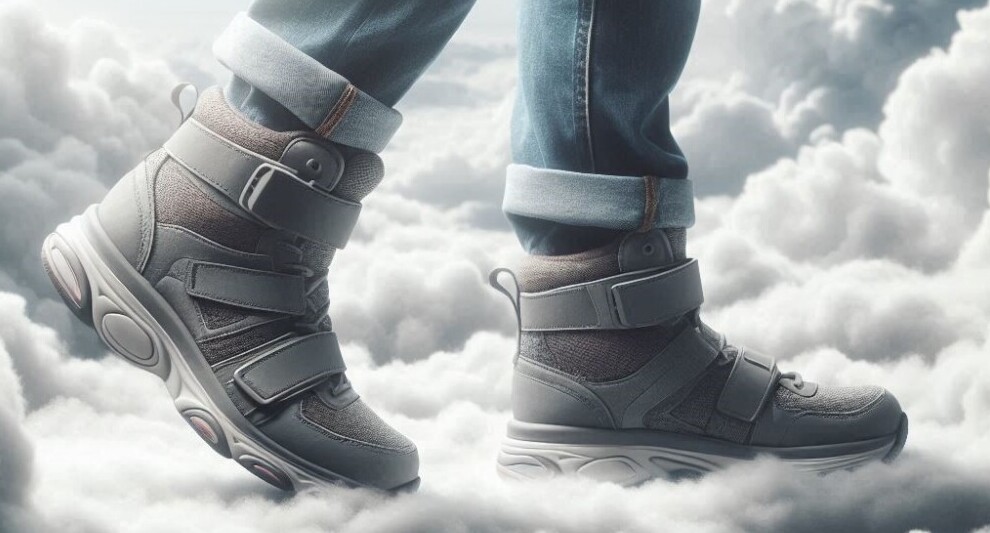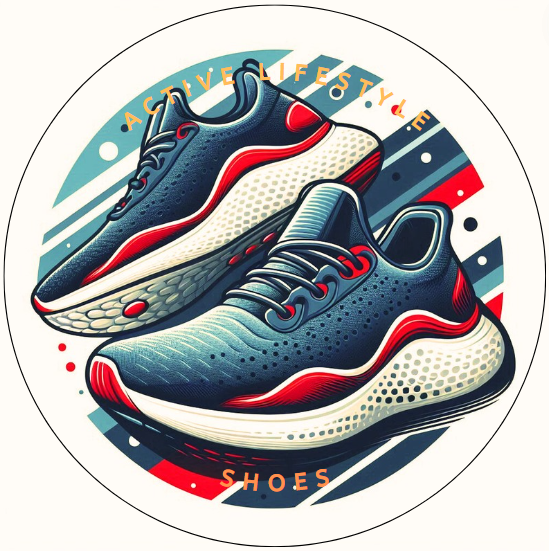
Foot pain can seriously mess with your day-to-day life, especially if you’ve got wide feet. The usual store-bought shoes often don’t cut it. They can squeeze and dig into your feet, leading to more pain and some serious foot problems. That’s where specialized orthopedic shoes come into play.
Common foot problems for people with wide feet include bunions, plantar fasciitis, hammertoes, and even calluses. These issues can get worse if your shoes are too narrow, too tight, or don’t offer enough support. Imagine trying to cram your wide feet into shoes designed for narrow feet. That’s a recipe for discomfort and pain.
Improper footwear doesn’t just hurt; it can actually make medical conditions worse. Wearing shoes that don’t fit properly can lead to chronic pain, joint issues, and even impact your overall posture. Over time, these problems can become severe enough to require medical treatment.
Orthopedic shoes are designed to provide the kind of support, cushioning, and space your feet need to stay comfortable and pain-free. These shoes can help distribute weight more evenly, reduce pressure points, and offer the necessary arch support to keep your feet healthy. Plus, they’re usually made from materials that accommodate swelling and other common foot issues associated with wide feet. Getting the right pair can be a game-changer for your foot health.
Key Features for Comfort and Fit in Orthopedic Shoes
Comfort and fit are everything when it comes to orthopedic shoes, especially for those with wide feet. A wide toe box is essential because it gives your toes the room they need to spread naturally. No one likes toes that are crammed together like sardines. Adjustable straps or laces also make a huge difference by allowing you to customize the fit to your exact needs. That way, you avoid pressure points and potential blisters.
Materials matter more than you might think. Breathable fabrics like mesh or leather let your feet stay cool and dry, which is super important for overall foot health. Who wants sweaty, uncomfortable feet? Not me. Flexible materials also help because they can adapt to the shape of your foot, providing a snug but comfortable fit without any unnecessary squeezing.
Cushioning and arch support make up the backbone of a good orthopedic shoe. The right amount of cushioning can absorb shocks and reduce strain on your feet, ankles, and even your lower back. Orthopedic shoes often come with built-in arch support, which is crucial for maintaining good posture and preventing overpronation (which can happen if your arches collapse inward). If you have flat feet or high arches, look for shoes that offer specific support for these issues.
Durability and Material Quality
Durability is a non-negotiable feature when investing in orthopedic shoes, especially since these shoes can be a bit of an investment. High-quality materials are the foundation of durable shoes. Leather, suede, and high-grade synthetic fabrics are not just long-lasting but also comfortable and adaptable, perfect for wide feet.
Non-slip, shock-absorbing soles are another crucial feature. These soles not only add to the longevity of the shoes but also provide the necessary grip and stability. This is especially important if you have any mobility issues. A good sole can reduce slips and falls, contributing significantly to your overall safety.
Water resistance is another plus. Shoes that can handle a bit of moisture are super practical, especially if you live in a rainy climate or are prone to sweaty feet. Water-resistant materials make the shoes easier to clean and maintain, extending their life even further.
Maintenance is often overlooked but equally important. The easier it is to care for your shoes, the longer they’ll last. Look for shoes with removable insoles and machine-washable features. The less hassle it takes to keep them in top shape, the more likely you are to wear them regularly, ensuring you get good bang for your buck.
Additional Functional and Aesthetic Features
Orthopedic shoes don’t have to be dull. Today’s options come in various styles and designs, perfect for different occasions. Whether you need something sporty, formal, or casual, there’s a pair out there that fits the bill and your wide feet.
Bonus features can make a big difference. Removable insoles are fantastic because they let you add custom orthotics or clean them more thoroughly. Shoes with orthotic compatibility offer extra space for inserts that meet your specific needs.
Professional fitting is also a game-changer. Many stores offer specialized fittings that consider the shape and condition of your feet. Personalized advice can ensure you get the best support and comfort.
Don’t underestimate the value of aesthetics. Wearing something you like boosts your confidence and makes you more likely to wear the shoes regularly. Feeling good about your footwear can positively impact your overall mood and wellbeing.
